Foundations, Associations & Organizations
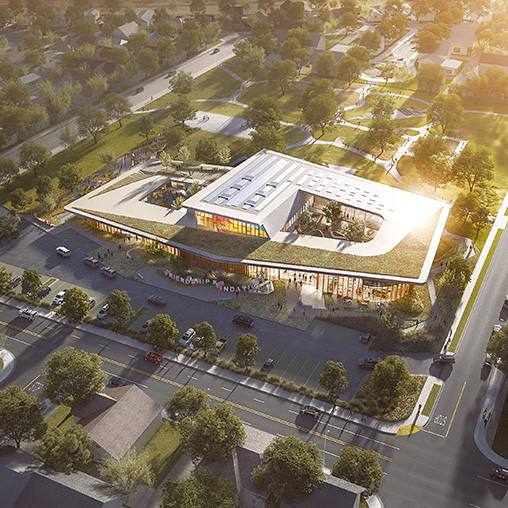
Friendship Foundation Campus
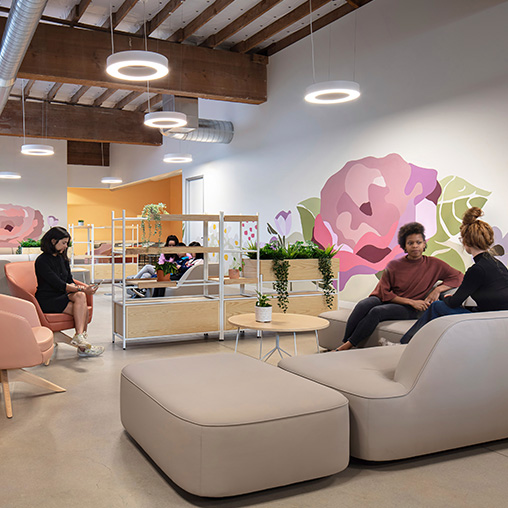
Rose Haven Community Day Shelter
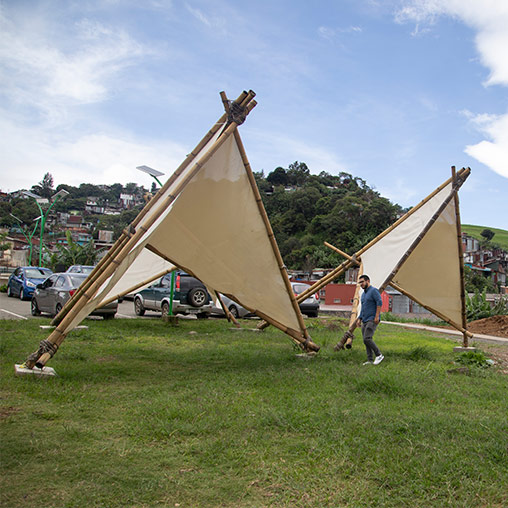
Sustainable Shade Structures

First Love Foundation

SAFEchild

American Physical Therapy Association Headquarters
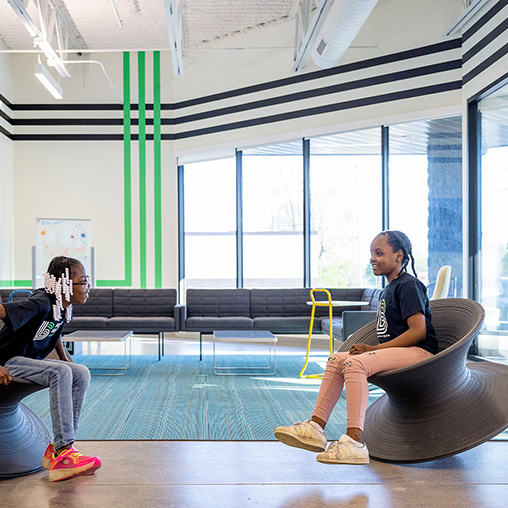
Big Brothers Big Sisters
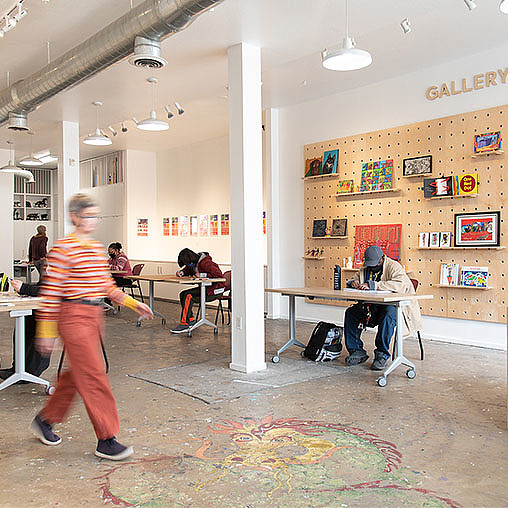
Access Gallery

Jewish Colorado

Plywood Place

Conservation International

LatinoJustice PRLDEF
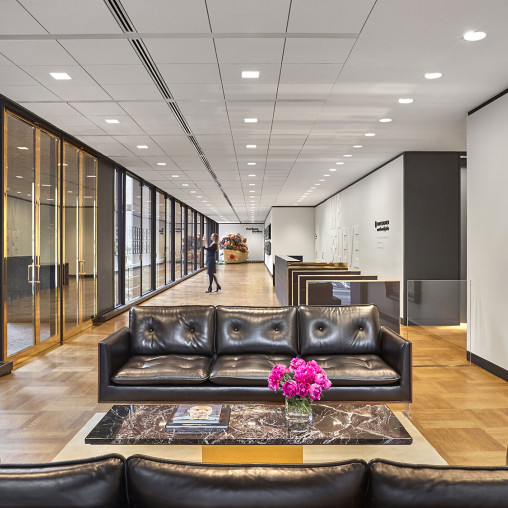
Ford Foundation Center for Social Justice
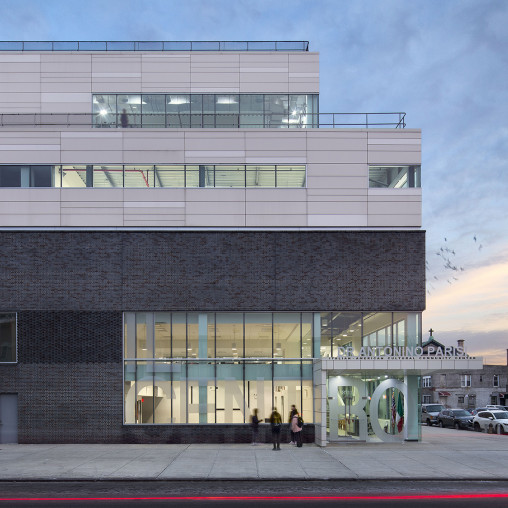
FIAO Il Centro Community Center

Houston Advanced Research Center (HARC)
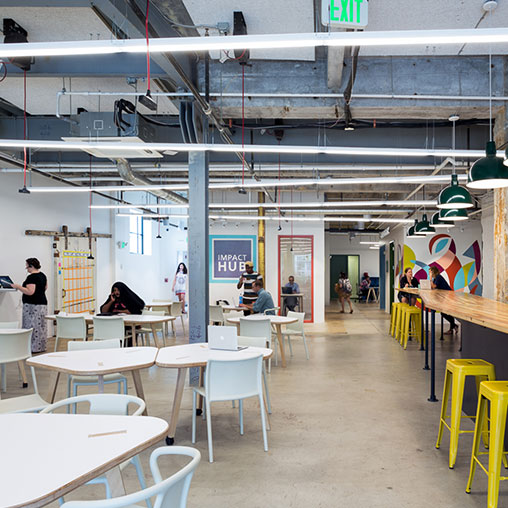
Impact Hub Baltimore
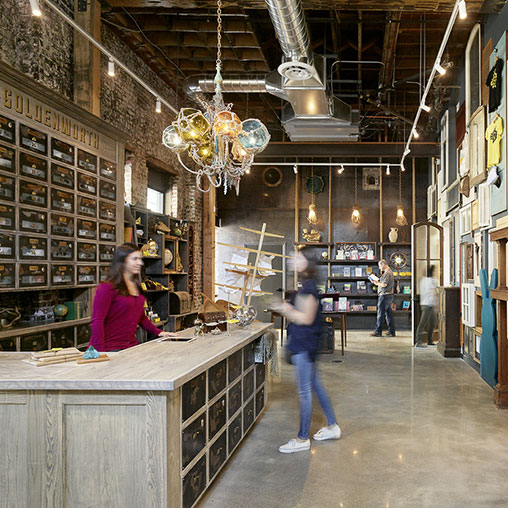
826 Valencia Tenderloin Center

Monogram Dinner by Design

LMI Government Consulting
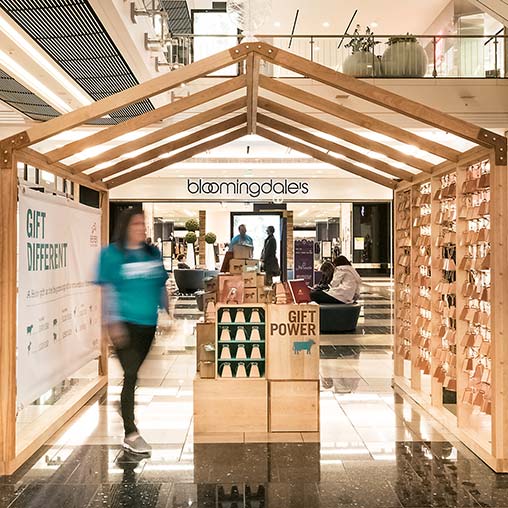
Heifer International

Ambrose Monell/G. Unger Vetlesen Foundation
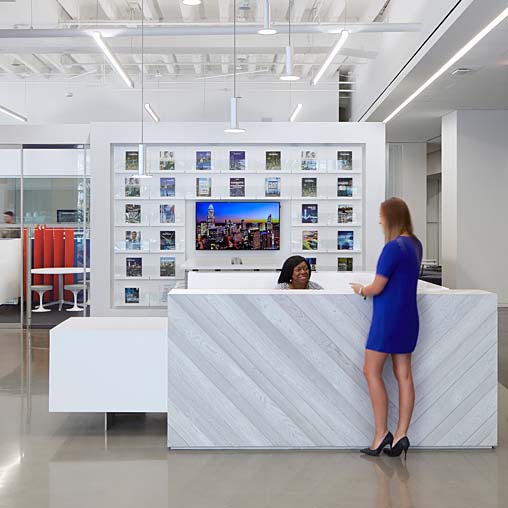
Charlotte Chamber of Commerce
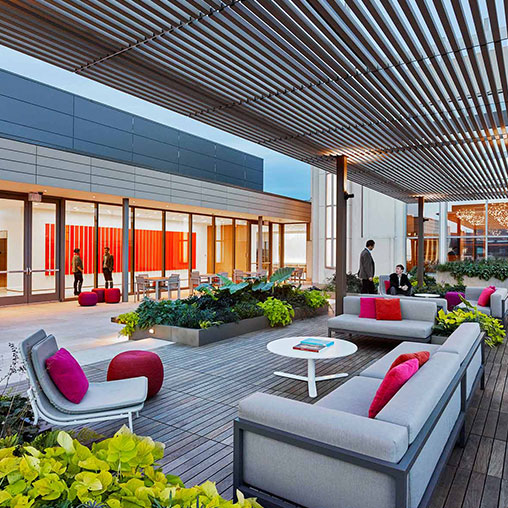
American Psychological Association

Project Color Corps

826CHI
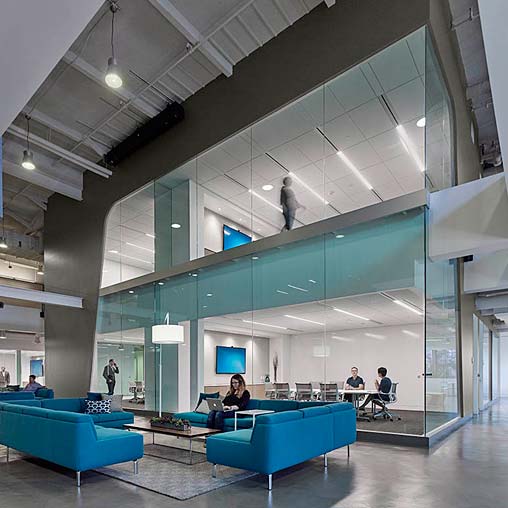
City of Hope Rivergrade

Alzheimer’s Association

10 Workplace Trends for 2024: What’s In and What’s Out?
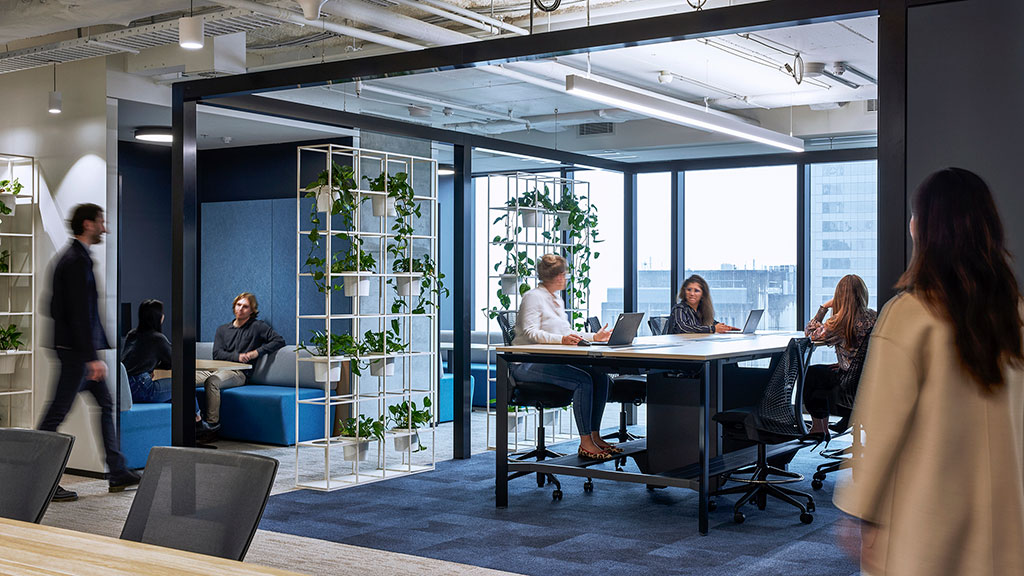
Open or Private? It’s Time for a New Workplace Model.

As New Work Patterns Emerge, the Workplace Must Respond

People Have Choice in the Workplace, But Not the Choices They Need

Designing Empathetic Workplaces Can Be a Key Differentiator
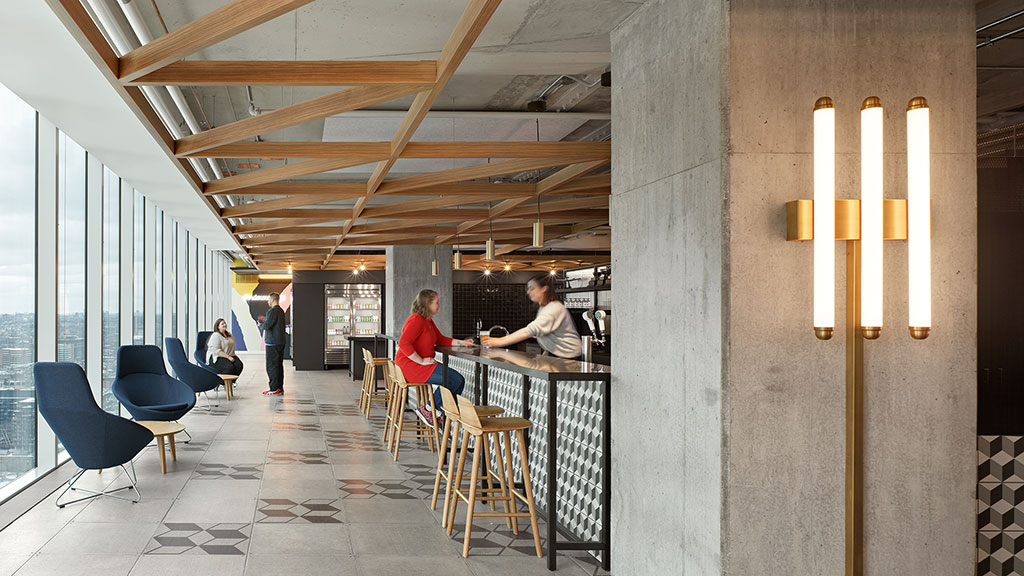
The Future of Work in Canada: Insights From Gensler’s Global Workplace Survey
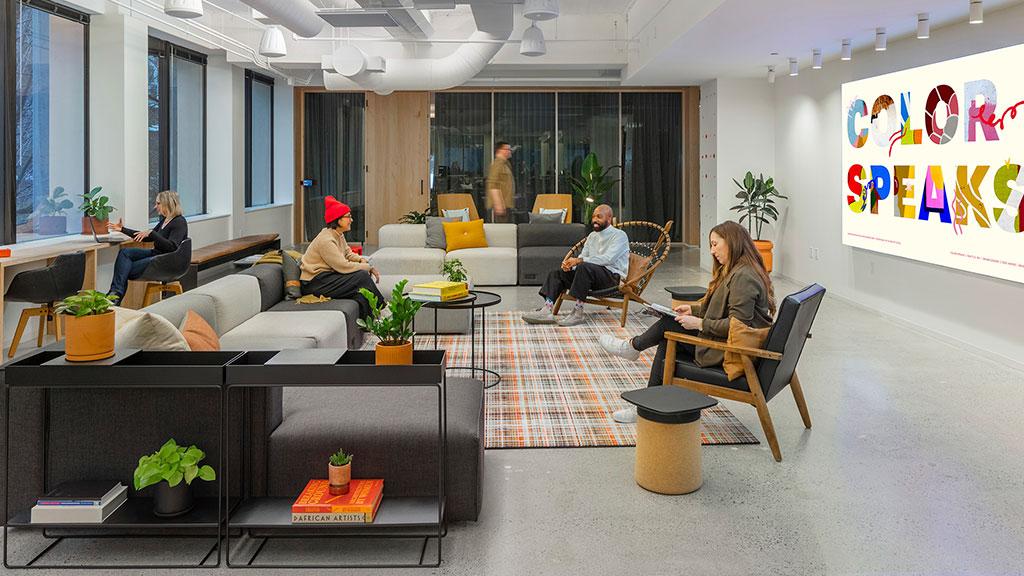
The UnOffice: Workplaces for More Than Productivity
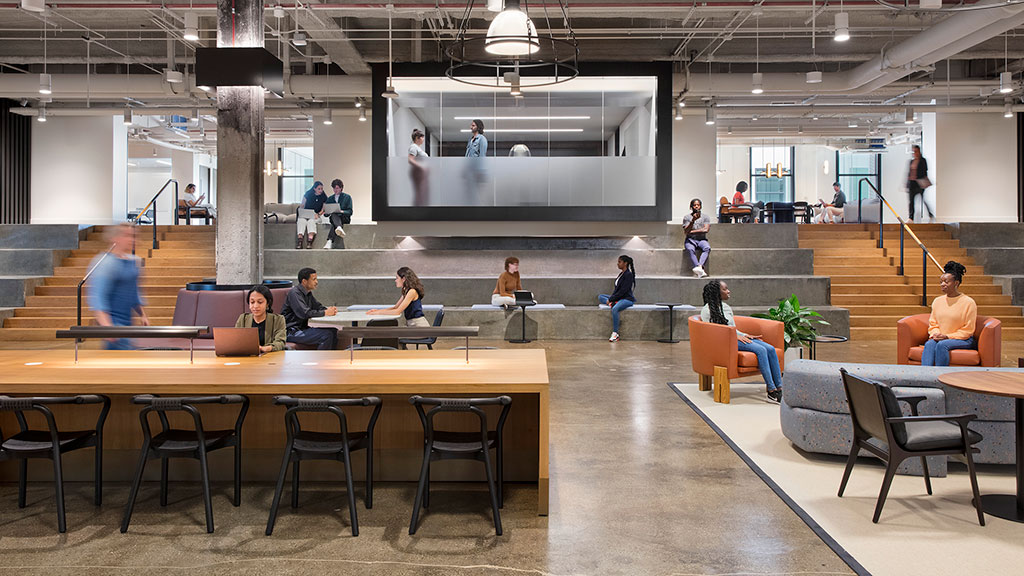
Hybrid Is Here to Stay. So Is the Office.

Revolutionizing Child Care: The Key to Enhancing Your Return-to-Office Strategy

Why Inclusive Design Is Critical to Workplace Transformation
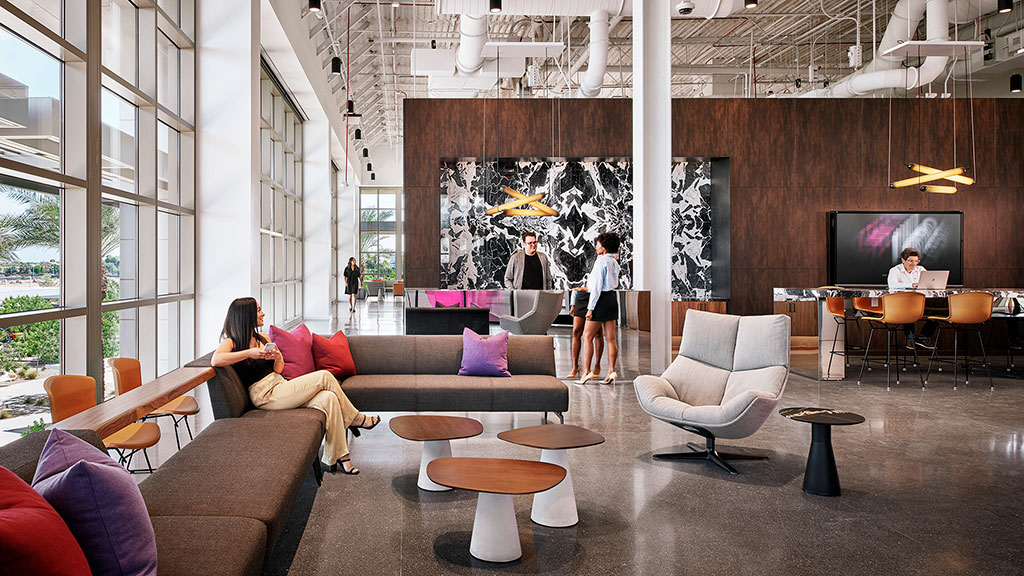
5 Conversations That Define 2023’s Evolving Workplace
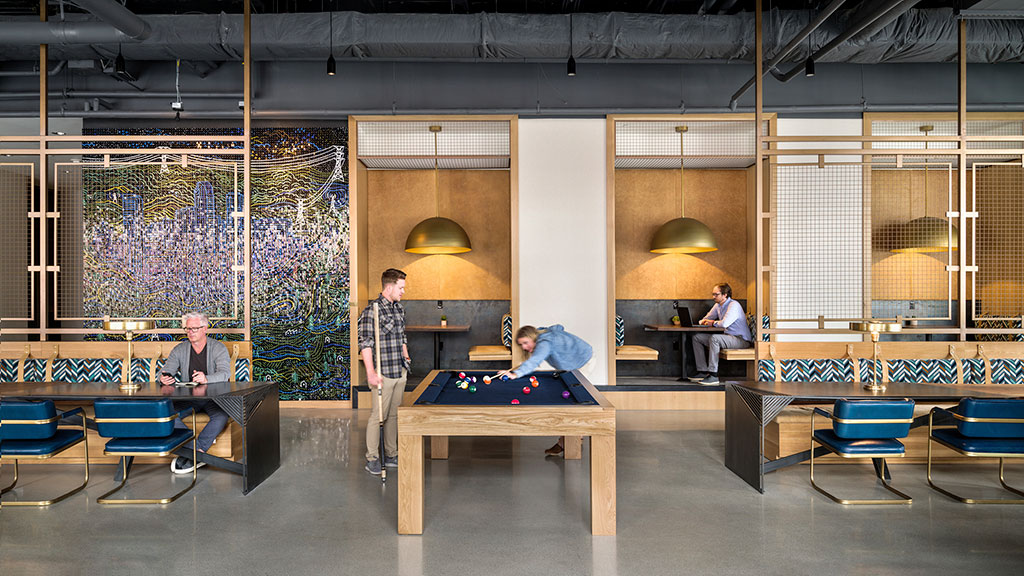
Younger Generations Work Differently. What Does This Mean for the Future Workplace?
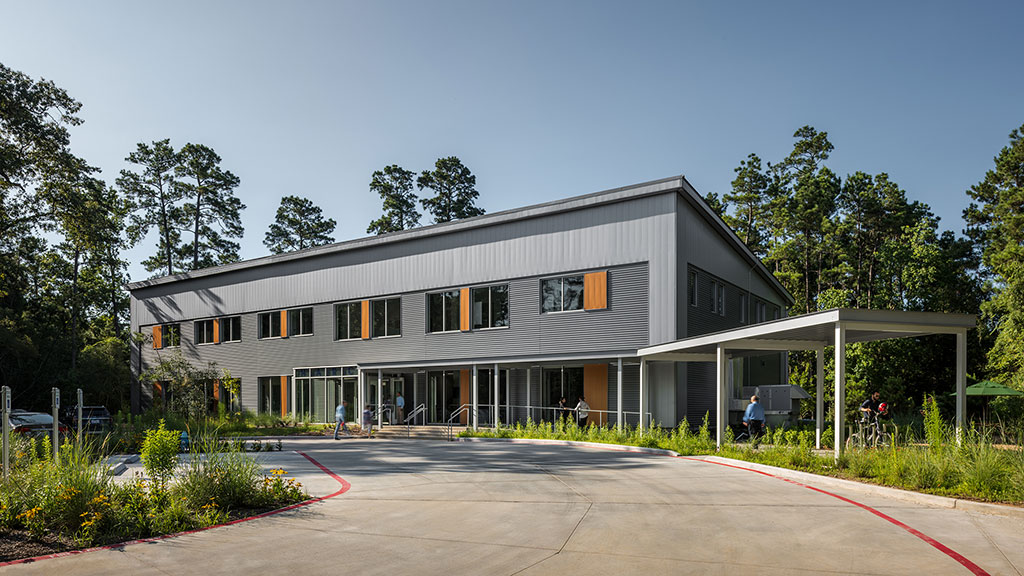
Achieving LEED Zero Energy With HARC
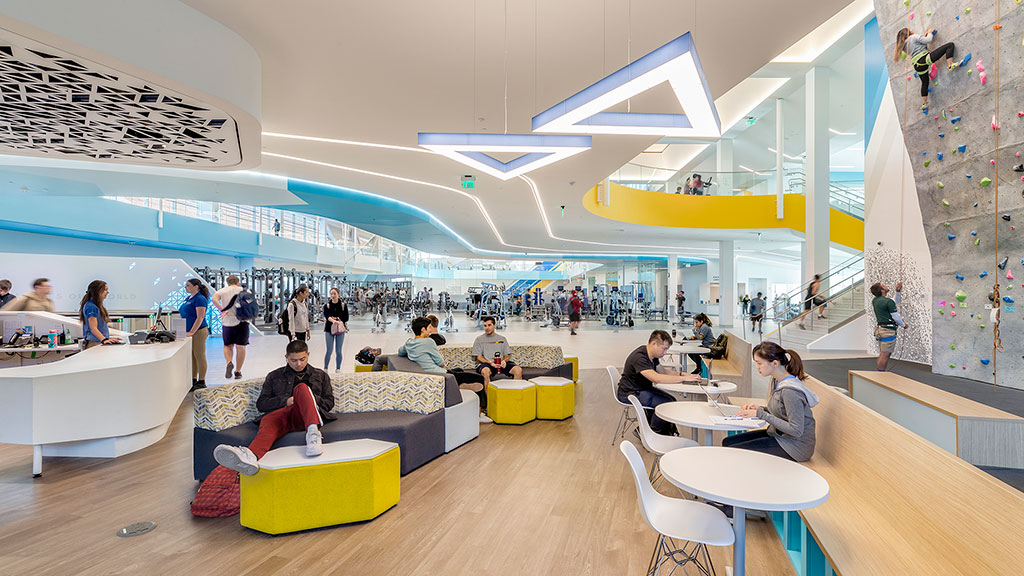
Why Embedding Inclusive Design From Start to Finish Is Critical
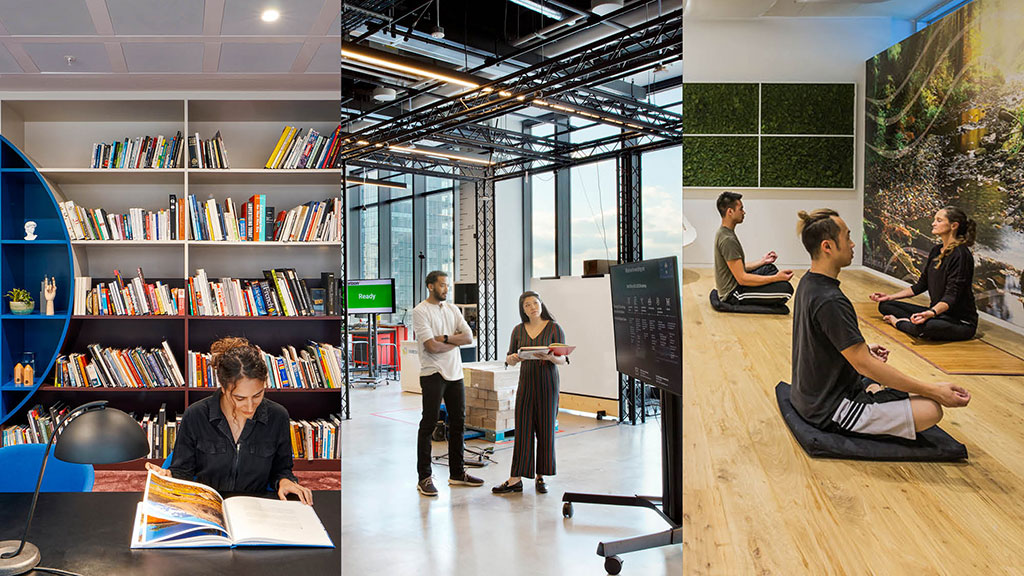
10 Spaces That Are No Longer Optional to Create a Great Workplace Experience
Non-profits and developers discover mutual benefit by retrofitting underutilized buildings into community hubs.
Rather than demolish vacant or underutilized buildings, developers are retrofitting and reusing these spaces into community hubs that bring together non-profits and other value-aligned tenants. By offering below-market rents to community partners who couldn’t otherwise afford space, these hubs can forge strategic partnerships and drive further impact.
Investments in workers’ holistic well-being will pay dividends.
In a sector facing staff shortages and high burnout rates, talent attraction and retention is key. To appeal to a changing workforce and drive their missions forward, non-profits can invest in spaces and programs that enhance holistic employee well-being, from wellness rooms to community service opportunities to flexible hybrid work arrangements.
The need to reconnect will drive demand for ground floor places to convene membership.
As organizations continue to reconnect with their members in person, there will be a heightened focus on meeting and event spaces, as well as community engagement opportunities. By pursuing public-facing ground floor spaces, organizations can increase their community presence, drive influence, and host revenue and membership-generating activities.


Bevin Savage-Yamazaki

Sean Wayne
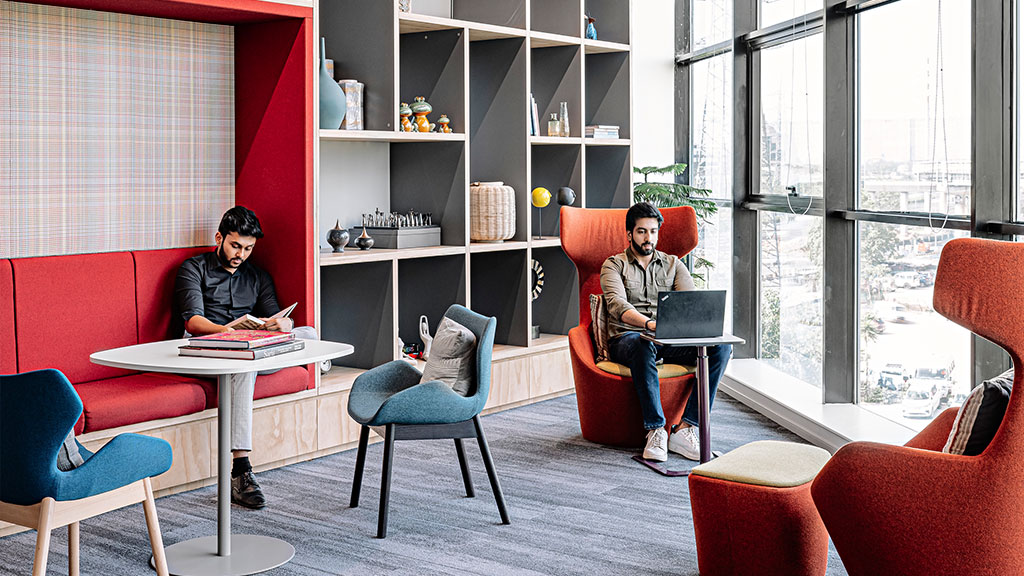
Here’s What Matters for Optimizing Office Spaces for Today’s Needs
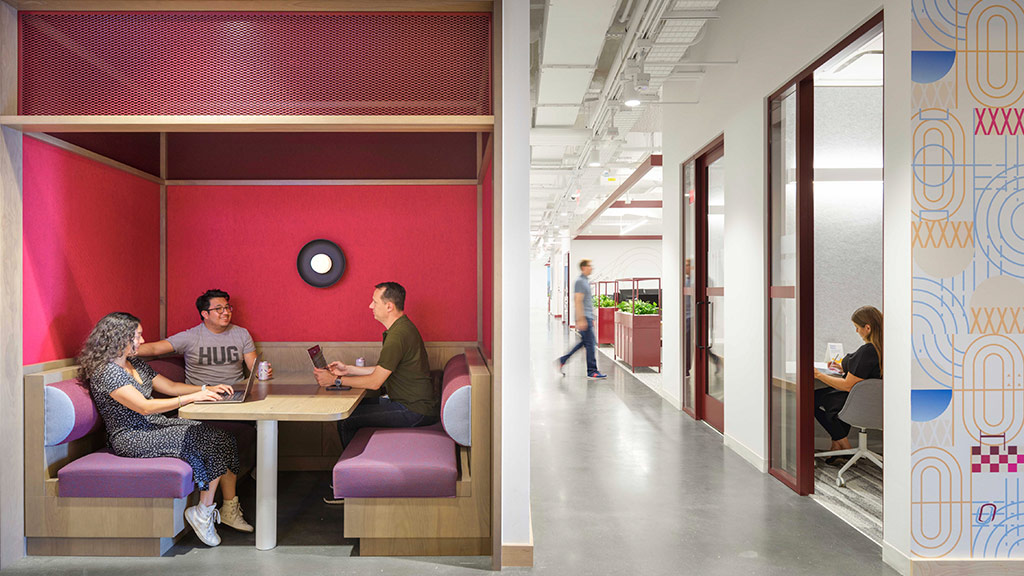
Gensler’s Janet Pogue McLaurin Discusses the Dynamics of the Evolving Workplace
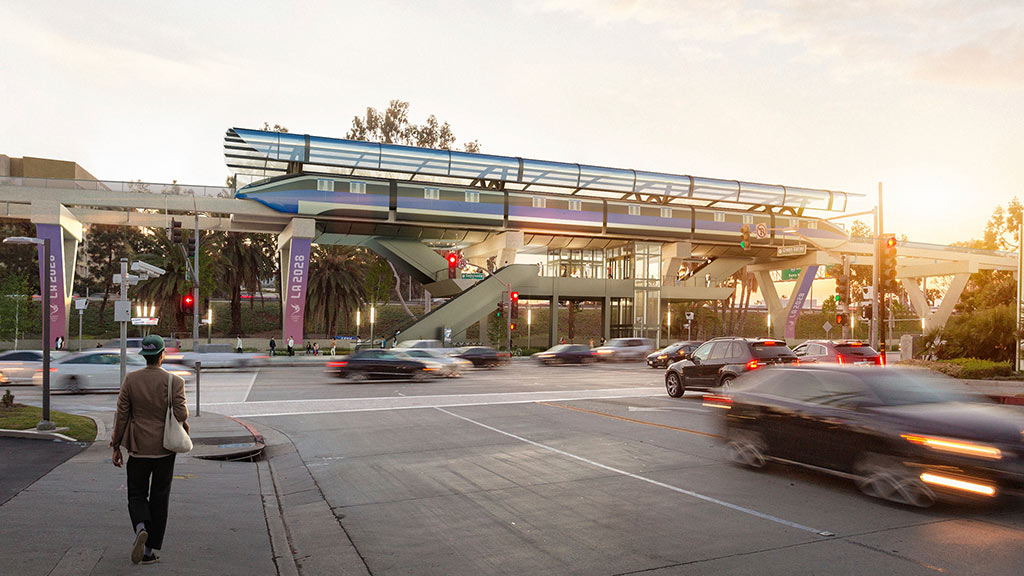
ThisWeekinFM Highlights 10 Trends That Will Change the Built Environment From Gensler’s Design Forecast 2023

Covenant House’s New Gensler-Designed Campus Will Provide Shelter for Homeless Youth

The Jackie Robinson Museum Celebrates the Athlete’s Legacy
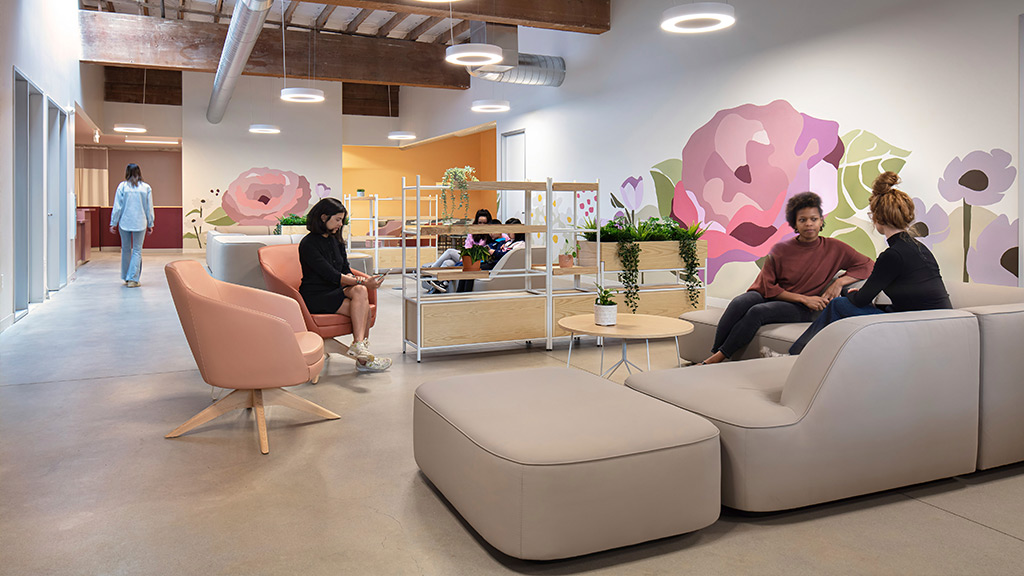
Gensler Brings Trauma-Informed Design to the Forefront at Rose Haven Shelter

A Museum Dedicated to Preserving Jackie Robinson’s Legacy Opens in Manhattan

How Museums Have Persevered and Design Trends That Are Here To Stay
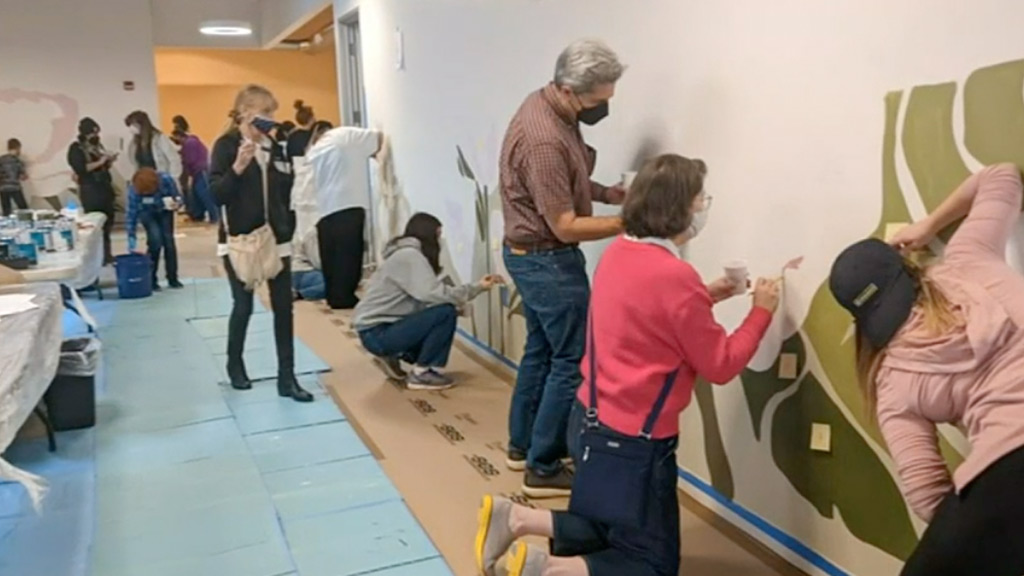
Rose Haven’s New Shelter Includes a Community Painted Mural

A Newly Designed Women’s Shelter Draws on Trauma-Informed Design Principles

The Future of the Museum Experience: Diverse, Inclusive, and Digital
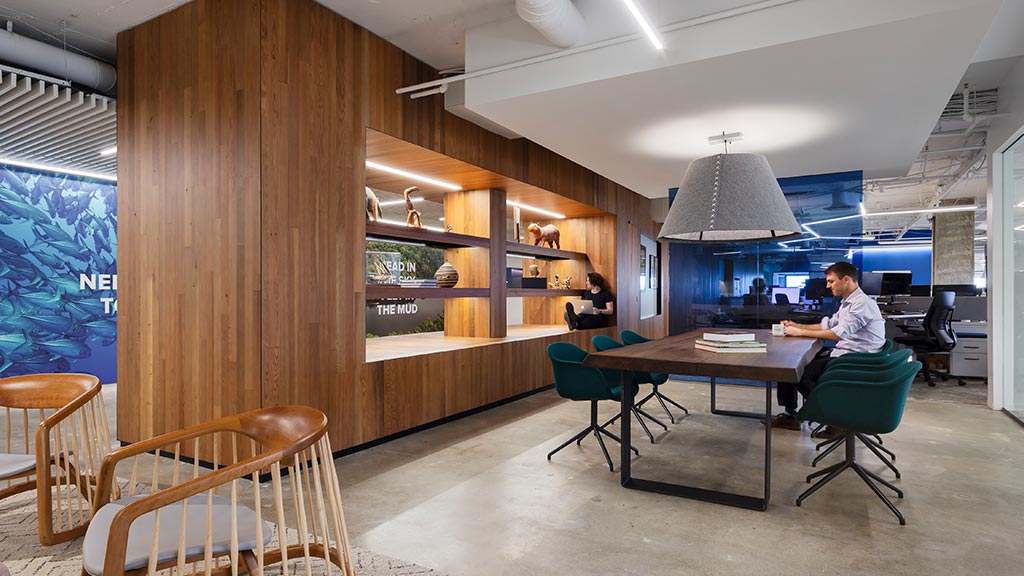
How Art in the Workplace Can Ignite an Organization’s Mission
